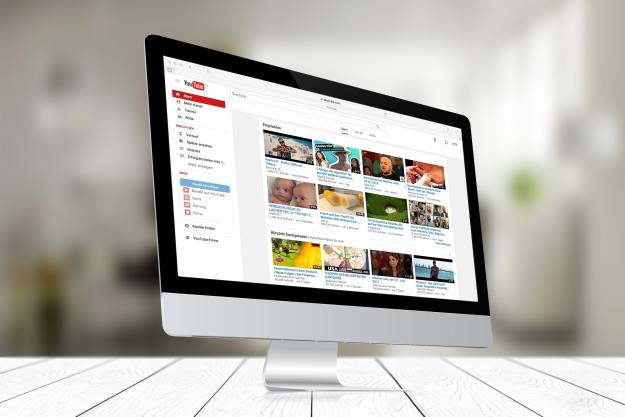Those of us who cover the consumer electronics beat are concerned about a potential major problem with the upcoming high-definition optical disc formats. It doesn?t matter whether it?s Blu-ray Disc or HD-DVD. And no, I am not talking about the format war. This problem is a given right now, as neither side will even think about talking to each other, giving an inch, or losing face.
So, if I?m not writing about the impending format war, what exactly am I talking about? The big problem with both of these formats is component video. Now, why would component video outputs be such a concern, as they?ve been passing DVD signals and HDTV signals from set-top boxes and cable boxes to digital TVs for years? Component video has been around almost ten years, providing superior image quality to digital televisions everywhere.
The problem with component video is that right now it will not pass 1080i?forget about 1080p?signals on either HD-DVD or Blu-ray players. Neither next-generation optical disk camps want to talk about this serious ?little? problem. Why won?t these new players (or future recorders) pass along a 1080i signal? Because component video is an analog connector, not a digital one. The content providers (Hollywood Studios) are so concerned about piracy that they want the hardware manufacturers to turn off component video altogether. I?m not sure if that will really happen. But what I do think might happen is that component video out will only pass 480p resolution?no better than current DVD players. 1080i or 1080p signals from HD-DVD or Blu-ray will only be passed by HDMI. If that happens, and you don?t have an HDTV with HDMI, do you really need HD-DVD or Blu-ray?
Essentially, by turning off component video on these new next-generation optical disc players, more than 3 million digital TV sets that have been purchased in recent years will not be able to receive HD signals from an optical disc player. Of course, some of the manufacturers have said that those people (early adopters) will just have to buy a new HDTV with HDMI connectivity. Is that really the answer people want to hear?even early adopters? And, you?re not just disenfranchising consumers who have bought HDTVs in recent years with component video but not with DVI or HDMI connectors; you are also leaving out people who have purchased AV receivers in recent years that feature component video switching and even upconversion. It?s a big problem.
This is a major dilemma, and no one is talking about it. The content providers want all audio and video signals sent via HDMI, as it features robust copy protection and it?s an all digital connector (versus the old analog component video connector). But many newer sets only include one HDMI input and several component video. And, if you own a newer HD satellite box or even a cable box, the connector of choice is HDMI for the most robust signals. It?s only new 2006 HDTVs that will now feature two HDMI inputs. Depending on the manufacturer, it may only be high-end sets that will include more than one HDMI input. And, right now, stand-alone HDMI switchers are costly and cumbersome to use.
What is the consumer to do? Right now, there is no answer. It?s already February, HD-DVD players will ship next month, and the first Blu-ray players the following month. And, still no word on the fate of component video from either the hardware manufacturers or content providers. Will it be turned off completely, will it only pass down resolution 480p signals, or will it depend on a code embedded in the software (on a specific disc) to either ?turn on? or ?turn off? the connector? Will you even know when you purchase the latest title such as MI-3 that it?s ?component video-enabled?? These are all valid questions, but without a single answer, because no one is talking. None of the manufacturers I know really want to talk about it, because they say that they are at the mercy of the content providers.
So, this is the serious issue surrounding the next-generation optical discs. What can you do? I don?t know. Maybe the best thing to do is not to rush out and buy one of those new optical disc players until the dust has settled. If you?re buying a new HDTV, make sure that it has a minimum of two HDMI inputs. If you?re buying a new AV receiver, make sure that it has at least two HDMI inputs and one HDMI output. An AV receiver that upconverts all incoming video signals to HDMI is even better.
All I can say is stay tuned for more developments.
Editors' Recommendations
- How to download YouTube videos for offline viewing
- How to download a video from Facebook
- How to try YouTube’s new video download feature for desktop
- Reports of the demise of iconic YouTube video may be exaggerated
- These are the 10 most liked videos on YouTube



